Housing News
A Journey Through America's Architecture: 10 Iconic Home Styles Explained
March 5, 2025
From the rugged coastlines of New England to the sun-soaked hills of California, American architecture is a striking reflection of the country’s history and cultural influences.
Every region has its own iconic architecture, from stately Colonials inspired by European settlers on the East Coast to Craftsman homes with their classic covered front porches in California. Each style offers a unique interpretation of home.
Here’s a look at 10 of the most popular architectural styles across the nation and how to identify them:
1. Cape Cod
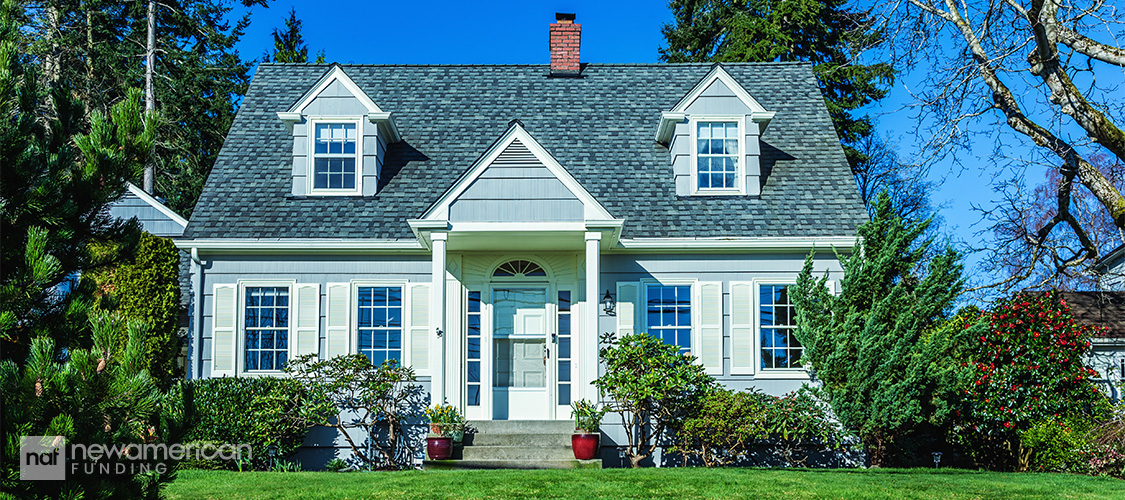
One of the earliest American styles, Cape Cod homes originated in New England in the 17th century. Inspired by the modest, functional homes of colonial settlers, Cape Cod homes are characterized by steep gable roofs, dormer windows, and symmetrical facades.
The style was designed to withstand the harsh New England winters, with its low, sloping roof helping to shed snow and ice. This style has become synonymous with coastal charm, and you’ll find many Cape Cod homes along the northeastern seaboard.
2. Colonial
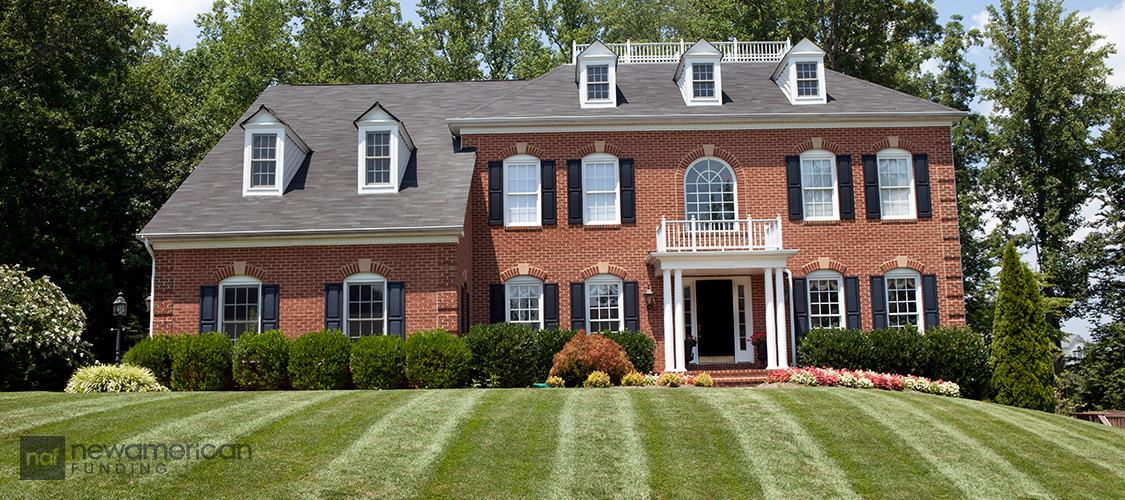
Colonial homes were inspired by the architecture of early European settlers, particularly the English, Dutch, and French. These homes are symmetrical, with evenly spaced windows and centered front doors.
Often built from brick or wood, colonial homes have a formal, dignified feel with columns, shutters, and steep roofs. They’re particularly popular across the eastern United States, especially in the original 13 colonies.
3. Craftsman
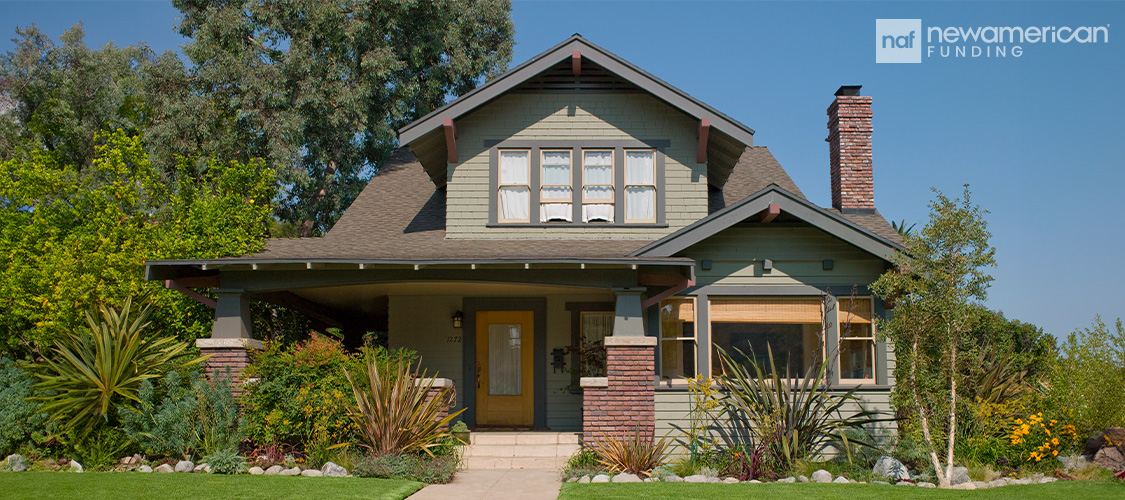
Craftsman-style homes are handcrafted works of art, known for their emphasis on small details and natural materials. Many of these homes originated in California but quickly spread nationwide as homeowners embraced the Arts and Crafts movement.
Originating in the early 20th century, the Craftsman style is characterized by low-pitched roofs, overhanging eaves, and covered front porches.
"Every little thing, from exposed roof rafters down to window seats that are built into the house, demonstrate a woodworker's skill," said Vanessa Carter, interior design expert and creative director at Paint Vibe, a paint kit company.
4. Farmhouse
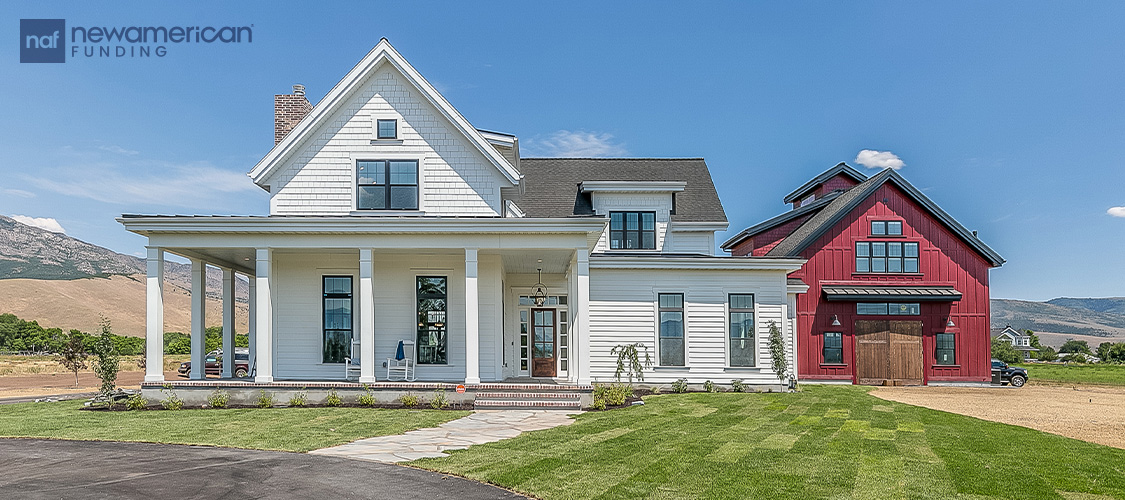
Farmhouse style has roots in rural America. These utilitarian homes were originally designed to withstand the wear and tear of daily life. They often feature simple gable roofs, large front porches, and practical, spacious interiors.
The rise of the "Modern Farmhouse" style, thanks in part to HGTV, adds a contemporary twist. It incorporates clean lines, minimalist design, and updated materials like steel and glass.
"The magic of farmhouse style lies in its mix of old and new. They're huge in Texas and the Midwest, but I'm now seeing them pop up in suburbs all over," said Carter.
5. Mediterranean
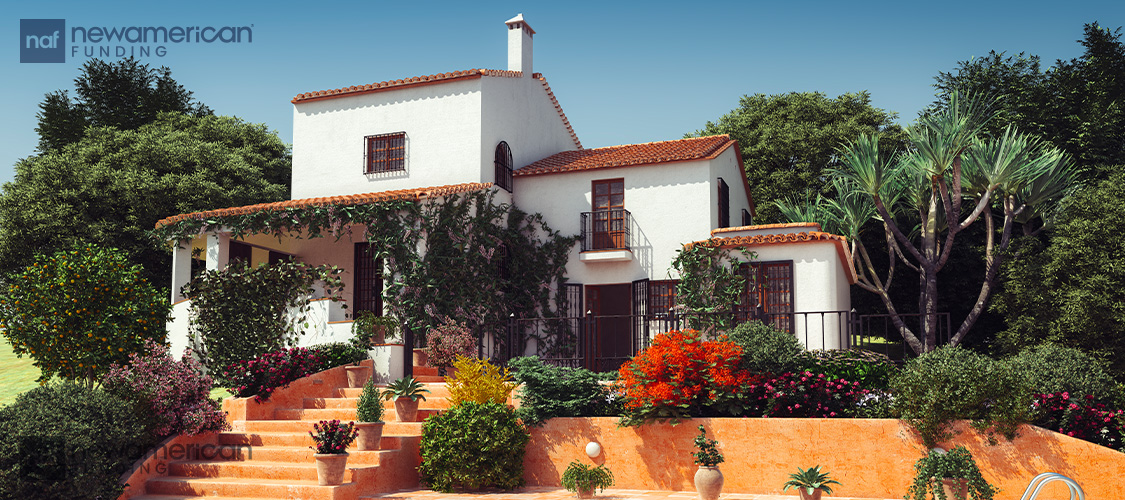
With stucco exteriors, red-tiled roofs, arched windows, and lush courtyards, these homes evoke the charm of Spain, Italy, and Greece. Their earthy colors and ornamental details make them stand out beautifully.
Often built to blend seamlessly with the natural landscape, Mediterranean homes are popular in regions with warm climates, such as California and Florida.
6. Mid-Century Modern
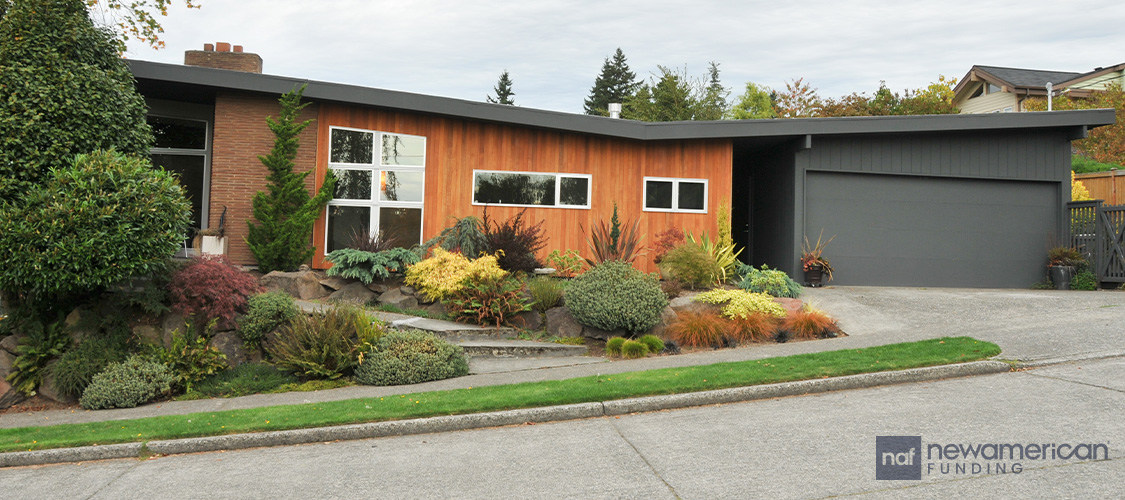
Mid-century modern homes, which emerged in the mid-20th century, are icons of the post-World War II boom. These boxy homes often feature flat roofs, large windows, and open floor plans that blur the lines between indoor and outdoor living.
"Mid-century modern homes are time capsules of optimism, with huge windows and open floor plans bringing the outdoors in,” said Carter. “You'll find them peppered throughout California, but you'll spot them in any city that boomed after World War II."
7. Modern

Modern architecture, which began in the early 20th century, is defined by its clean lines, open spaces, and the use of industrial materials such as steel, glass, and concrete.
Unlike traditional styles, modern homes tend to reject ornamentation. Instead, the architecture focuses on form and function.
Modern architecture can be found across the country, with a particular concentration in urban areas like New York and Chicago.
8. Queen Anne

The Queen Anne style is known for its eclectic, whimsical design. Originating in the late 19th century, these homes are characterized by asymmetrical facades, decorative detailing, turrets, and intricate woodwork.
The style was a reaction against the rigid, formal designs of earlier Victorian homes and embraced a more playful, ornate approach.
Queen Anne homes are often seen in historic neighborhoods across the U.S., with notable concentrations in places like San Francisco and Baltimore.
9. Ranch
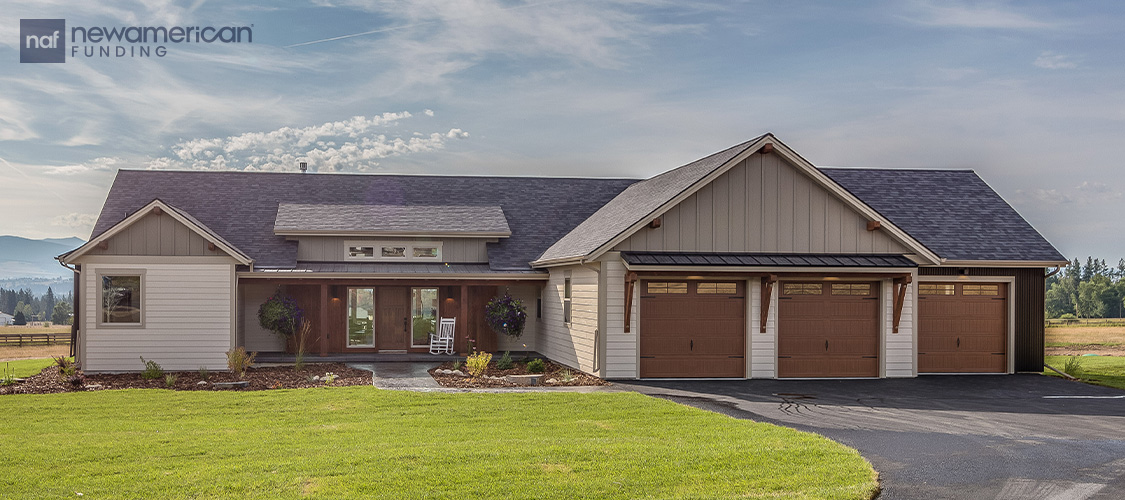
Ranch-style homes first became popular in the 1920s but truly flourished in the 1940s and 1950s. These single-story homes are typically low to the ground, with long, horizontal lines and open floor plans.
Split-level ranch homes add an extra layer of functionality with multiple levels.
The Ranch style has long been a favorite in suburban neighborhoods, and you’ll find them across the country, especially in the Midwest and California.
10. Victorian
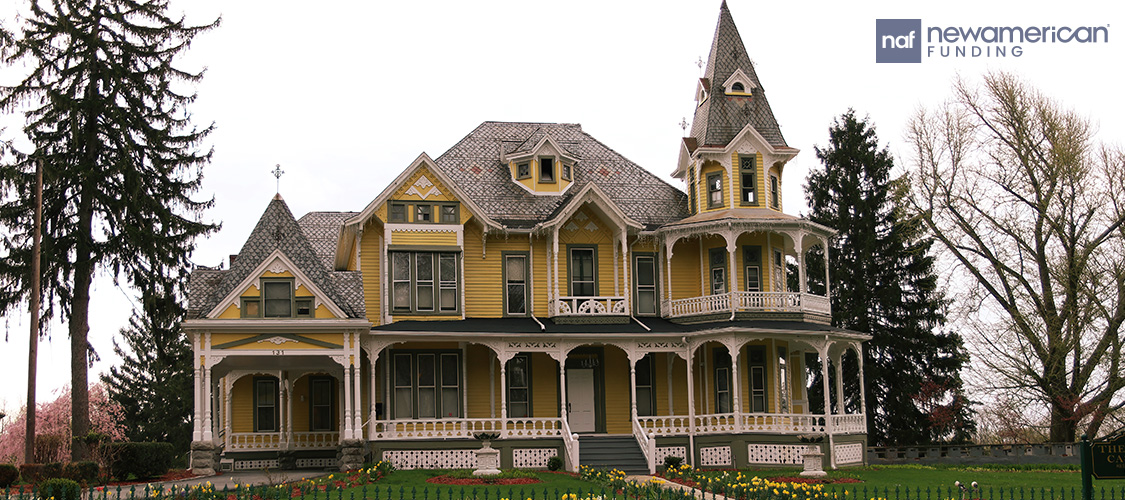
Victorian homes, with their intricate woodwork, ornate facades, and steep, pointed roofs, evoke a sense of history and grandeur. These sprawling homes are also often depicted as haunted homes in books and movies.
Popularized during the reign of Queen Victoria in the 19th century, these homes often feature complex floor plans and vibrant colors.
The Victorian style was widely used in urban areas, particularly in the Northeastern U.S. and parts of the West Coast.
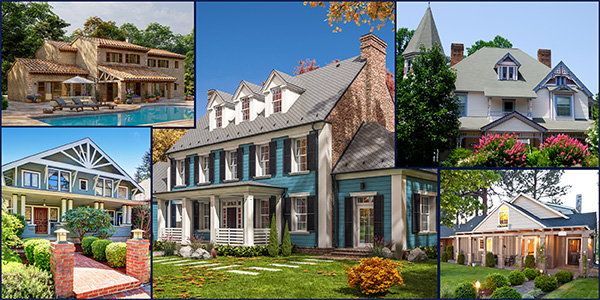



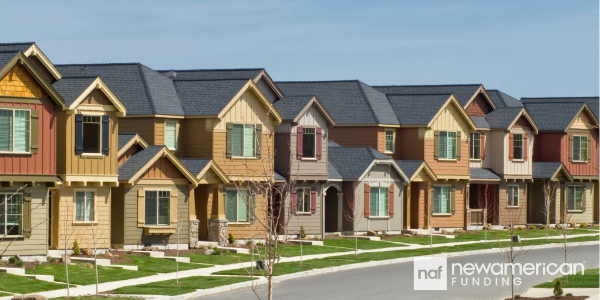
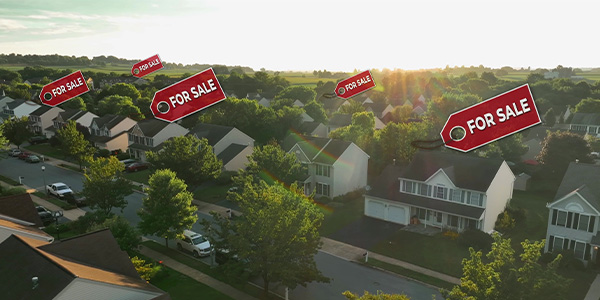
 Smart Moves Start Here.
Smart Moves Start Here.